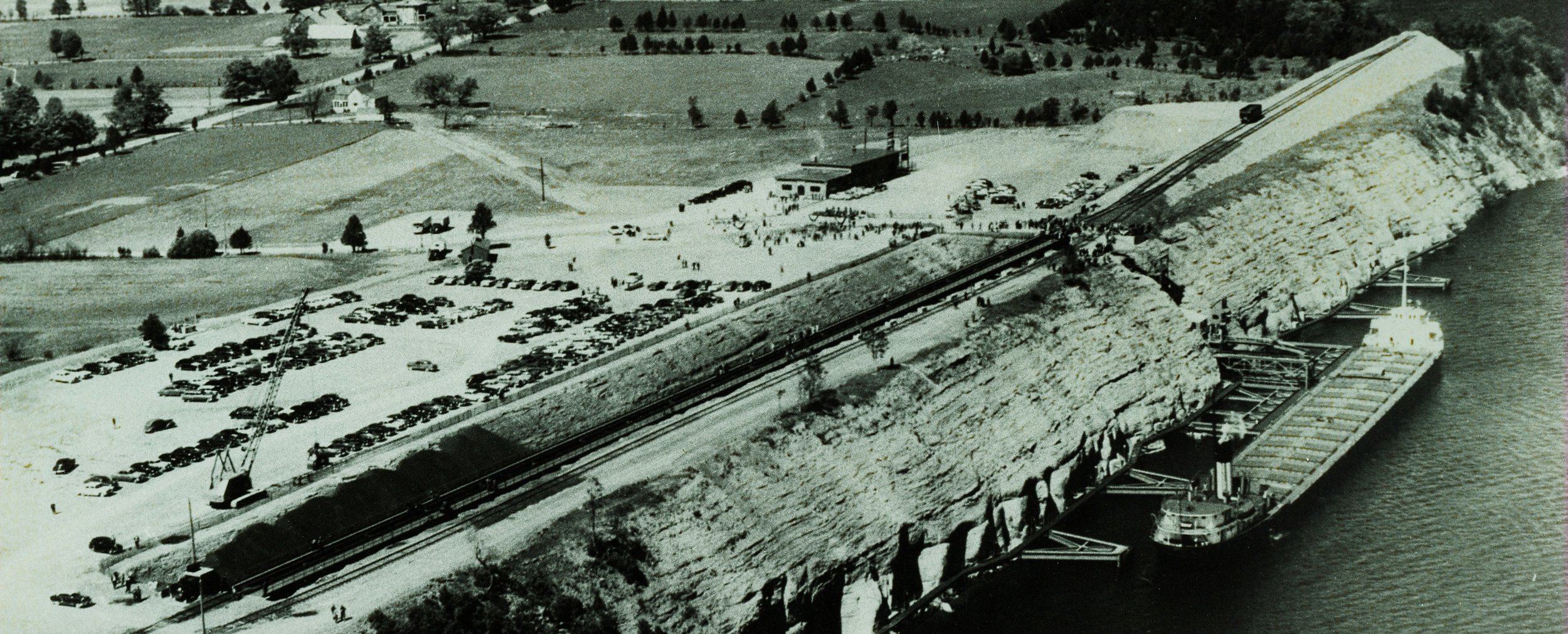THE ART OF MILLINERY IN MARMORA
While Shakespeare's Polonius may have believed it is the clothes that make the man, you can't help feeling, looking at the above photo, that it's the hat that makes the woman.
At the turn of the century (the 1900's that is), the hat become a fashion accessory, rather than a necessity. The bonnet was disappearing in favour of more frivolous statements - the "Three Story" or the "Flower Pots" with the brims growing increasingly large. This was the era of hat pins, required to keep these large pieces steady, Large plumes and floral pieces adorned brims that swirled and swooped around the head, swathed in tulle. After 1903, large veils added to the dramatic mass.
Sarah Nobes and Lycurgus McMillan 1911
And Marmora, like communities everywhere, was not about to be left out of the fun. The Stirling Argus reported that Sarah Ann (Deacon) Campion "did set up a Millinery Shop and Fancy Good Store June 12, 1885 in the old W. Cotham grocery Marmora" We also know by 1888, she had moved her store from Main Street to another part of town (presumably Forsyth Street) and was making trips to Toronto to purchase high fashion.
In1908, Miss Eastwood (later Mrs. McWilliams and them Mrs. Wm. Bonter)planned to open her Millinery Parlours next to the telephone offices on McGill Street, but unfortunately, a massive fire broke out. The herald reported,
June 1906
"Everything was in readiness but hats, trimmings etc were packed as quickly as possible and carried to the Herald office or other places of safety. While nothing was burned, the loss will be considerable as many of these millinery creations are too dainty to stand handling this way."
By 1914, Mrs. McWilliams was in full swing plying her creations with Miss Thompson as her milliner and luckily for us, the Herald wrote a full description:
"At this popular establishment, the display was very attractive. Many beautiful hats were shown illustrating the new styles. One noticeable feature of a number of the hats this season is that they are not so profusely trimmed as in former season. Instead the shape is very novel and the trimming consists of a single mount, stick-up or tailored bow. Following we give a short description of a few of the styles.
Moire ribbon
One of the newest hats is the Sans Souci. It is made of a black mohair braid, with a high divided crown. The trimming is a large bow of moire ribbon set in the centre of the divided crown.
A very dainty creation was a violet hat. The crown was comparatively low and was surrounded by maline and a wreath of violets. It is finished with a high mount of flowers in front.
Another stylish hat was a small tri-corn shape covered with sequin. The only trimming was a feather mount at side.The Picture hat is always in vogue. A pretty one was shown with a Battenburg (lace) crown and a rose bud study around crown and under edge of brim. It was finished with large plume fastened at side.
A very pretty misses' hat was of white Java straw with malline facing and a trail of forget-me-nots around brim. Around the crown is a wide ribbon which is tied in bow at back, the ends hanging in steamers over back.Mrs. McWilliams is also carrying an attractive line of shadow laces and other fancy dress trimming."
1917 Marmora Herald
Miss Theresa Sullivan went to Toronto this week to attend the millinery openings. Miss Effie Gervie left last Friday for Toronto where she has obtained a position in a millinery establishment. Miss Nellie Warren has obtained a position in the millinery dept. of the Robt. Simpson Co., Toronto Mrs. Well McWilliams and Miss Quinn will hold their Millinery Openings next week.
1916
Marmora Herald, May 24, 1906 MILLINERY NOTICE In order to reduce her stock, Miss Bibby will make great sacrifices in millinery.
Mrs. McWilliams carried on a popular business, according to Ralph Neal, "with two showings, spring and fall" but in 1917, her millinery was purchased by Mrs. W. Crawford.
Mrs. Marrin, whose husband ran the drugstore just south of the Royal hotel, offered her own millinery services:
As the world became more and more occupied in WWI, fashion was influenced by the new wartime employmentof women. Uniforms were everywhere and the need for more practical utilitarian dress could not help but filter into mainstream fashion.
Hats began to decrease in size, fitting closer to the head and sitting low-down on the face, giving the woman a youthful appearance. The luscious and sensual flowing hats of the previous decades gave way to more plain ones , as it was seen as unpatriotic to be concerned with ones appearance during this time.
With the influence of Chanel and Poiret, women's fashion became increasingly minimalist. Women wore straight, dresses, short bob hairstyles, and small, brimless hats like the cloche (French for 'bell'). The look was becoming playful and coquettish.
THE CLOCHE
Marmora Herald May 31, 1906 “Miss Eastwood has taken over the millinery business of Miss Bibby and to get immediatlely in touch with the ladies has decided to give special bargains through the month of June.”"
Helen Pearce, d of J B. Pearce c.1908
1912
Tri-corn with feather
1914 fashion
Rev. Farrell's mother, c.1914
1914
Did you know?.......The term "millinery" is derived from "Milaners", merchants from the Italian city of Milan, who traveled to northern Europe trading in silks, ribbons, braids, ornaments and general finery
.
Comments:
Annmarie Willman-Spry: Granny (Myrtle) Emigh Gifford made clothes & hats. She took a seamstress course in NY state when she was a girl.
hughes wedding - date unknown
Ada Pearce, Toronto 1887
Ada Pearce
Emma Jane Pearce Campbellc. 1890
Lou Wilson’s aunts The Plane sisters, 1962 Viola, Ruth, Laura, Della (Wilson), Evelyn.
Iva Green (left) and Alma Rundle c.1940.
NAOMI LOWERY AND HER FATHER-IN-LAW, SAMUEL NARRIE
Mark McGarvey, George Albert Franklin, Ethel May Wilkes and Alice Maria Franklin.jpg
From Wayne Vanvolkenburg










































